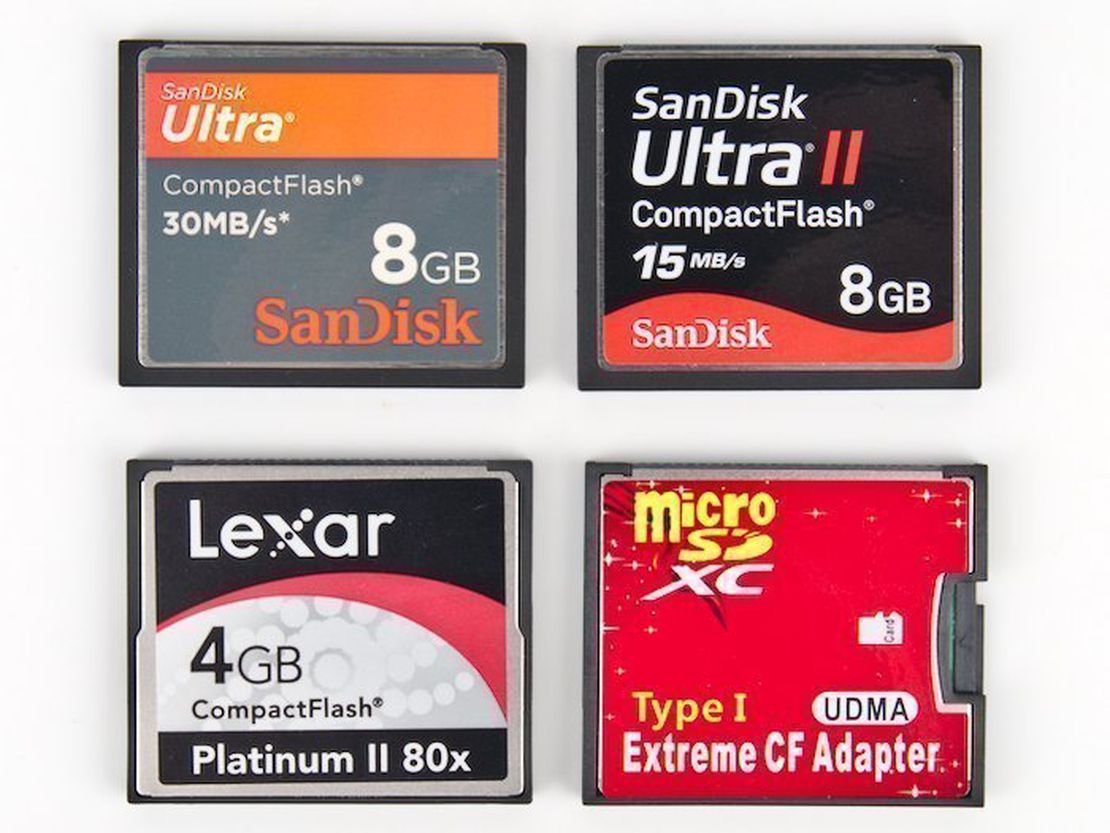Canon Rebel T1i SD Memory Card Compatibility (32GB max)
- Nathaniel Stephan
- October 7, 2024

Table of Contents
The Canon T1i uses SD memory cards. It can use cards with up to a 32GB capacity.
If you try to use a card with a storage capacity of 64GB or larger, the T1i will have an error. The card will not work in the camera.
This is because the T1i is only compatible with the SD and SDHC standards. It does not have the hardware required to use the newer SDXC standard that larger cards use.
Recommended T1i SD Cards
Any 32GB card with UHS-I will have fast enough continuous write speeds for the T1i.
Spending extra money will not get increased performance. New SDHC cards are basically all the same.
Affiliate Advertising Disclosure
Outside the Shot is a participant in the Amazon Services LLC Associates Program, an affiliate advertising program designed to provide a means for sites to earn advertising fees by advertising and linking to Amazon.com. As an eBay Partner, I may be compensated if you make a purchase. I also participate in affiliate advertising programs with KEH and Adorama. More can be found on the Affiliate Disclosure page.
SanDisk Ultra 32GB

- Class 10, V10, U1, and UHS-I
- Best selling brand
- Not worth paying a premium for
See current price and information:
PNY Elite 32GB

- Class 10, V10, U1, and UHS-I
- PNY is a respected brand
- Excellent compatibility in other cameras and devices
See current price and information:
Transcend 32GB

- Class 10, V10, U1, and UHS-I
- Another option to check
See current price and information:
Canon T1i SD Card Compatibility
The Canon D3400 is compatible with SD and SDHC memory cards. If you want to record video, use a card with a Class 10 speed rating.
Cards that meet the newer standards, SDXC and SDUC, are not compatible. Cards with have capacities of 64GB or larger will not work.
- SD (Secure Digital) - 128MB to 2GB.
- SDHC (Secure Digital High Capacity) - 4GB to 32GB.
- SDXC (Secure Digital eXtended Capacity) - 64GB to 2TB.
- SDUC (Secure Digital Ultra Capacity) - 4TB to 128TB.
Memory Card Errors

Trying to use a card that has a capacity of 64GB or larger in the T1i results in the digital camera to display an error.
Use an SD card which has a storage capacity of 32GB or less to fix the error.
If you are using a memory card that has a storage capacity less than 32GB, and the card is not working correctly, try to format the SD memory card while it is in the camera.
Speed, Class, & Capacity
SD Card Image Capacity
This is a quick estimate of the number of large JPEGs you could expect to save on an SD memory card.
- 4GB - 1920 images
- 8GB - 3840 images
- 16GB - 7680 images
- 32GB - 15360 images
Memory Card Speed
Speed ratings for SD cards are determined by the sequential read and write speeds. The speed of the SD memory card is important in the event that many shots need to be written to the SD card.
SD Card Speed Class Rating

The Class speed rating of an SD memory card is determined by the sustained write speed of the SD memory card. A Class speed rating of 2 means that the SD memory card can maintain a write speed of at minimum 2MB per second.
- Class 2 - 2MB/s
- Class 4 - 4MB/s
- Class 6 - 6MB/s
- Class 8 - 8MB/s
- Class 10 - 10MB/s
The maximum rating a card can be given is Class 10. There are cards that are a good deal faster than 10MB/s. Those SD memory cards use other technologies, such as UHS (Ultra Highspeed Bus), which have a separate rating standards.
Sustained write speeds of 2MB, 4MB, 6MB, or 8MB per second means the card has a speed class of 2, 4, 6, or 8. Cards that have write speeds of 10MB/s or faster are rated as Class 10.

